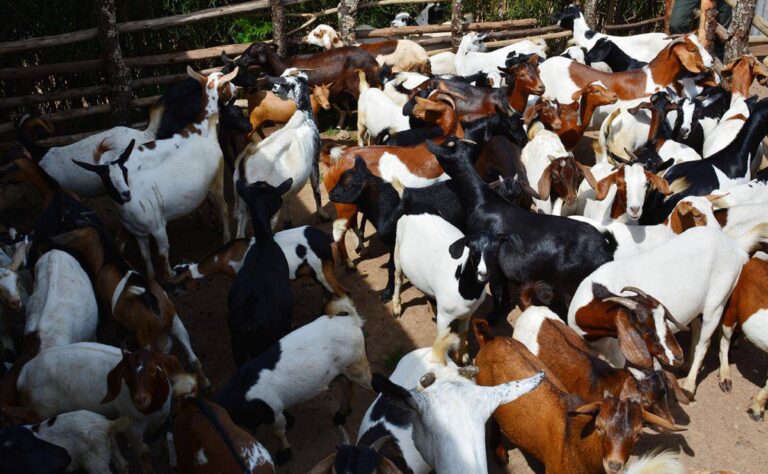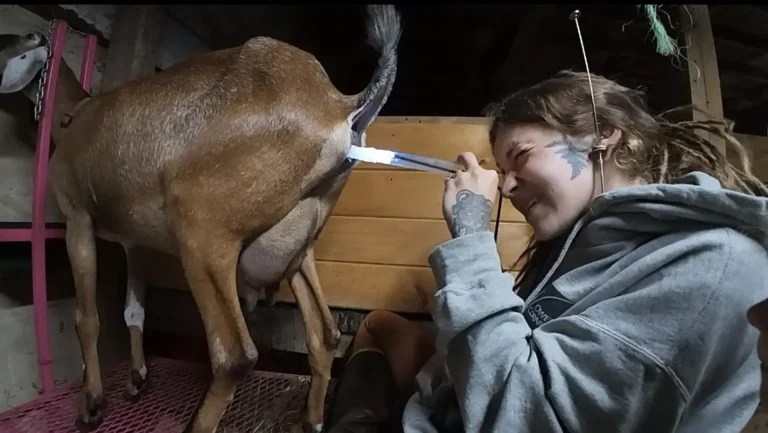Successfully raising healthy turkey poults begins with careful attention to the brooding stage, which covers the critical first weeks of life when the birds are most vulnerable.
Brooding provides a warm, safe, and stress-free environment that encourages steady growth and reduces the risk of disease.
This period is where early mistakes such as poor temperature control or inadequate feeding can have lasting effects on the flock’s development and eventual productivity.
The process starts with preparing the brooder before the poults arrive. This means cleaning and disinfecting the area thoroughly to remove pathogens, laying down fresh bedding such as wood shavings, and setting up heat sources like infrared lamps or gas brooders.
The brooder should be fully warmed at least 24 hours before the poults are placed, ensuring an even temperature throughout.
For the first week, a temperature of around 95°F (35°C) at the poults’ level is ideal, with a gradual reduction of about 5°F each week until they are fully feathered. A thermometer placed at bird height helps maintain consistent warmth.
Feeding and watering stations should be positioned so that poults can easily find them without crowding. In their first days, placing feed on shallow trays or even cardboard sheets helps them learn where food is located.
Water should be clean, fresh, and offered in shallow drinkers to prevent drowning. Adding vitamin and electrolyte supplements during the first few days supports immunity and reduces stress from transport.
Because poults are naturally curious but slow to start eating and drinking, frequent checks during the first 48 hours are essential to ensure all birds are feeding and hydrating.
Lighting is another key factor in successful brooding. Continuous light during the first 48 hours encourages poults to eat and drink regularly, after which a light-dark cycle can be introduced to promote rest and healthy growth.
Ventilation is equally important, as fresh air reduces the buildup of harmful gases like ammonia, but drafts should be avoided since young birds cannot regulate their body temperature effectively.
As the poults grow, space allocation should be adjusted to prevent overcrowding. Adequate space allows them to move between warmer and cooler areas, choose comfortable resting spots, and display natural behaviors.
Observing the flock’s behavior is the best way to gauge their comfort. If poults cluster tightly under the heat source, they may be too cold; if they scatter far from it, the temperature may be too high.
Smooth transitions out of the brooding stage happen when poults are fully feathered, active, and able to thrive without supplemental heat.


